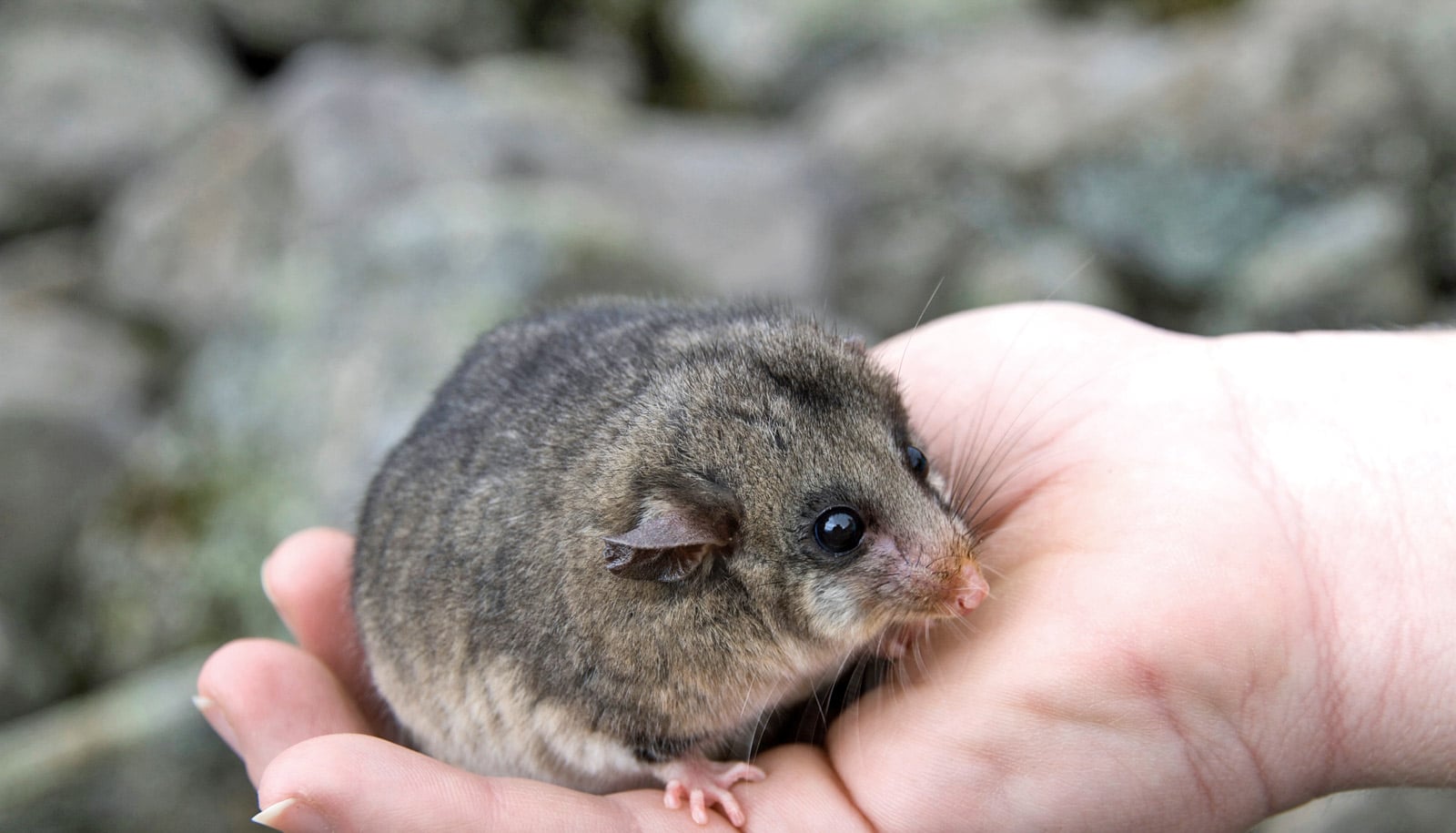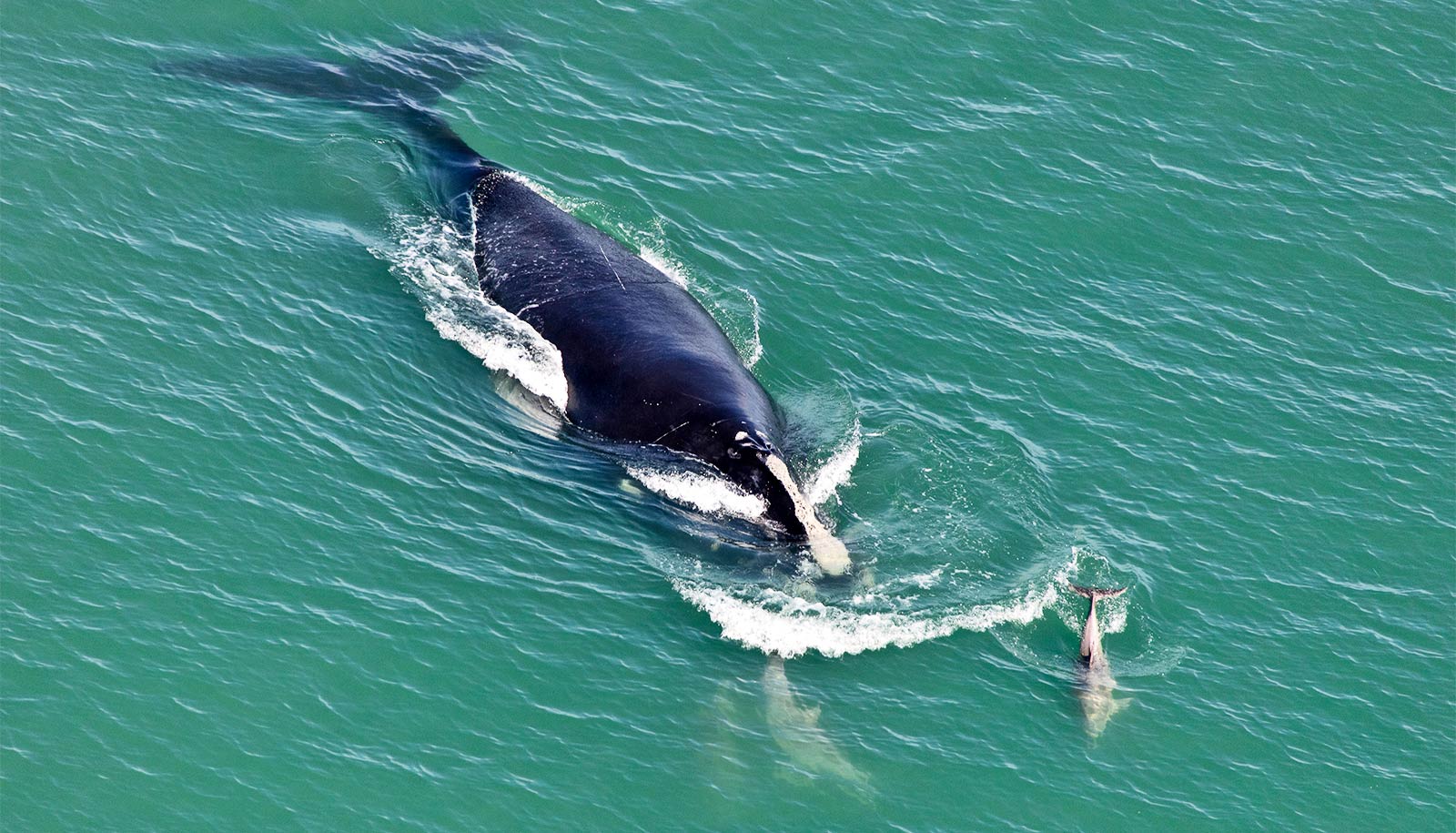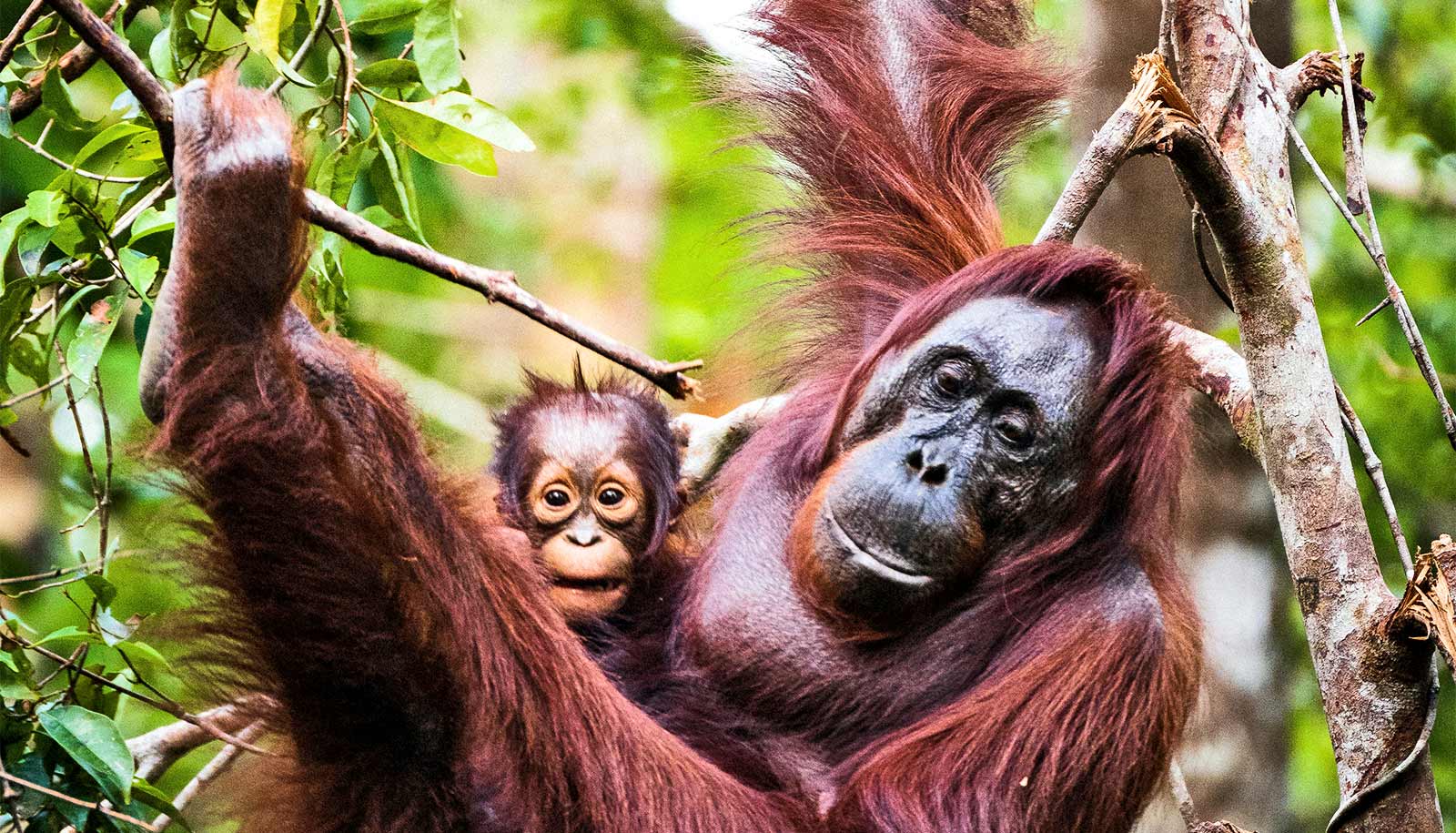The mountain pygmy possum, an endangered marsupial from Australia, is in the midst of a comeback, thanks to researchers using a technique called “genetic rescue.”
Using the technique, Andrew Weeks of the University of Melbourne and his colleagues have successfully brought the pygmy possum population and survival rate to their highest numbers in more than 20 years and shown that the technique can be used to save populations hurtling towards extinction.
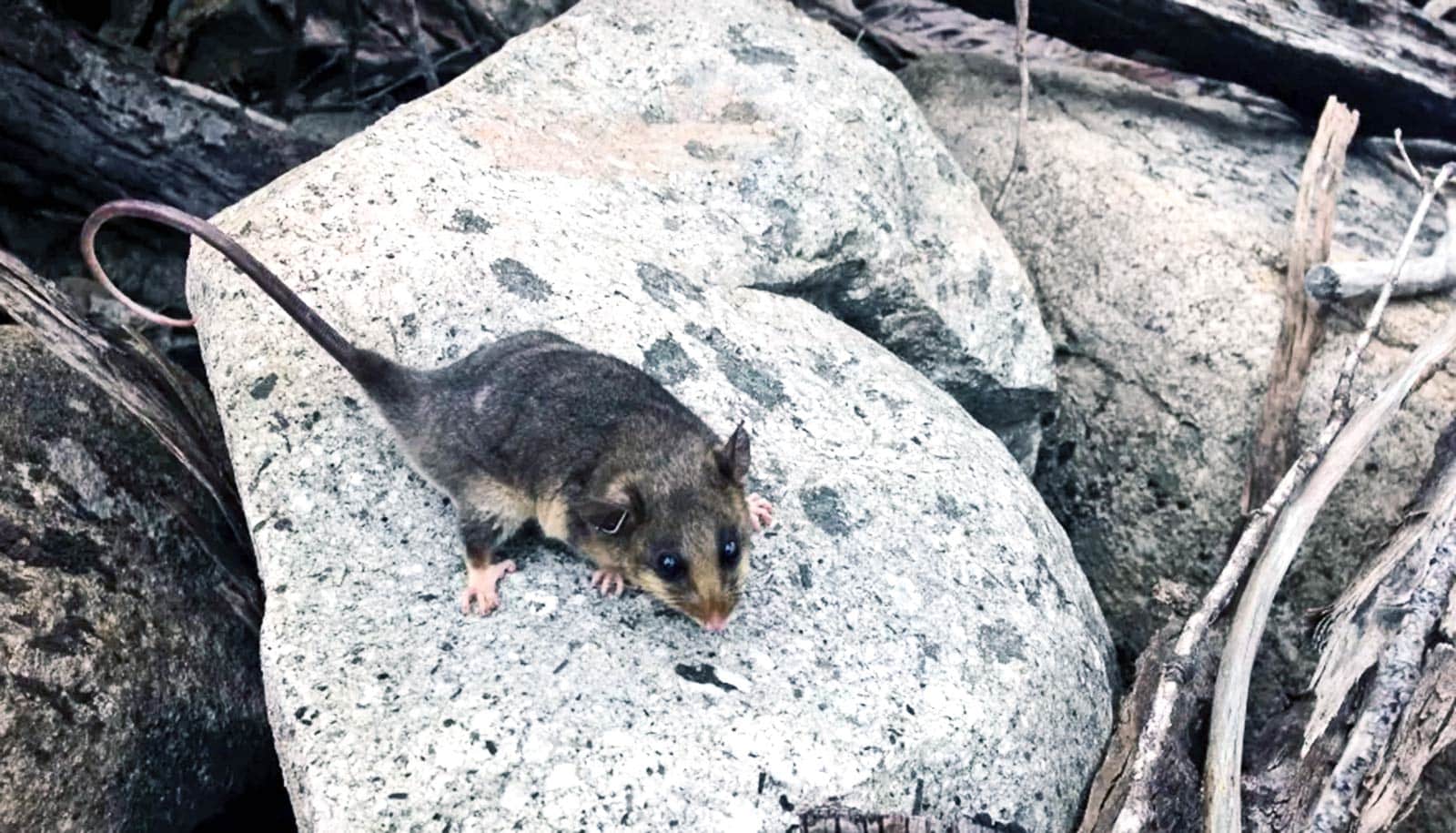
What is genetic rescue?
In large healthy populations, natural selection weeds out recessive “deleterious alleles”—these are gene variants that, when expressed, lower an animal’s fitness. But they are more frequently expressed when inbreeding occurs, meaning small populations become poorly adapted to their environment, ultimately hastening their extinction.
“Our study confirms genetic rescue as a successful conservation technique…”
Many threatened Australian marsupial populations are likely on this trajectory, otherwise known as the genetic “extinction vortex.” Genetic rescue provides a way for small inbred populations to recover fitness and restore lost genetic variation.
In an ideal genetic rescue, researchers introduce individuals from a healthy large population into a small recipient population. This masks the deleterious alleles that decrease fitness in the small population, and this hybrid hardiness leads to an immediate increase in population size.
But genetic rescue has its risks. An expected increase in vigor might be lost quickly in the next generation. An even greater risk is that the benefits of genetic rescue depend on creating conditions where future generations can expand.
Because rescue itself will introduce some deleterious alleles from the source populations, there is a danger that a small population might even eventually be worse off. This requires the removal of the threats that reduced the population in the first place—predators, competitors, habitat destruction—at the same time.
Saving the mountain pygmy possums
In the case of the pygmy possums, researchers used genetic rescue to introduce male mountain pygmy possums, Burramys parvus, from a healthy population at Mount Hotham, to a recipient group of females at Mount Buller. The two groups had become physically isolated from each other over 20,000 years.
This isolation had led to inbreeding and a lack of the genetic variation that is essential for overcoming disease and ensuring the ability to thrive.
Weeks says that since the genetic rescue program began in 2011, the possum population has gone through rapid growth and is now larger than when the population was first discovered in 1996.
“The hope is that animals can adapt if we give them the genetic tools to do so…”
“Before 2010, there was thought to be only a handful of individuals at Mount Buller,” says Weeks. “Now, Mount Buller females from the genetic rescue are bigger and have more offspring that survive longer than the progeny of pygmy possums born outside the program. We now estimate the population to be over 200 possums,” he says.
Coauthor Ian Mansergh from La Trobe University says the study’s findings mark an important development in conservation management.
“Our study confirms genetic rescue as a successful conservation technique, especially when used for small, isolated populations of threatened species,” Mansergh says.
Along with genetic rescue, there was also a program of habitat restoration, predator control, and environmental protection instituted by the land manager, Mount Buller Mount Stirling Resort Management, essential to avoid losing the benefits of genetic rescue.
Next stop: Bandicoots
Weeks and paper coauthor Ary Hoffmann are now also leading a genetic rescue program for the critically endangered Eastern Barred Bandicoot at Mount Rothwell Conservation Centre near Little River in Victoria.
Hoffmann says the long-term hope for genetic rescue is that it will provide endangered animals with enough genetic variation to adapt and evolve to new challenges, such as climate change.
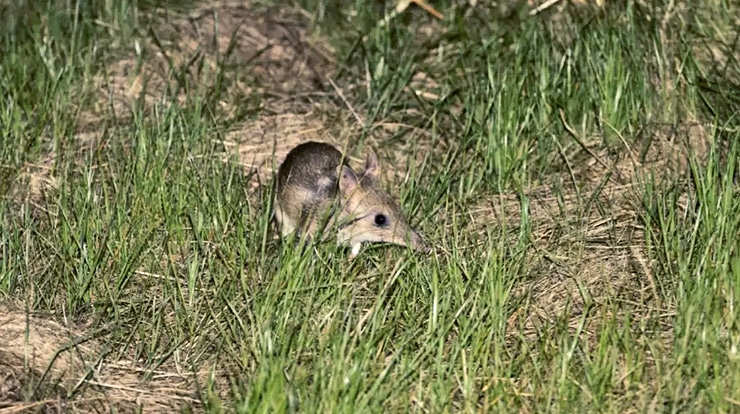
“These animals are now facing an extra threat. They are experiencing physical isolation and introduced predators as well as climate warming,” Hoffman says. “The hope is that animals can adapt if we give them the genetic tools to do so.
“We have shown the technique is successful in the mountain pygmy possum, and hope the Eastern Barred Bandicoot can recover if they are also given enough support,” Hoffman says.
The researchers say that genetic rescue is a potentially powerful strategy for increasing population fitness and resilience in many threatened marsupials. It is likely to also be of benefit to a broad range of other threatened animal and plant populations, as long as it is carefully coupled with ecological restoration.
The research appears in the journal Nature Communications.
Additional researchers contributing to the work are from the University of Melbourne, La Trobe University, CESAR, Mount Buller Mount Stirling Resort Management, and the University of New South Wales.
Source: University of Melbourne
